Gas and carbon monoxide detectors are simple to use and relatively inexpensive devices that can save health or life. Uncontrolled gas leaks in workplaces and residential buildings are rare today, but it is better not to tempt fate. What is it worth knowing about these devices and which gas and carbon monoxide detector to choose? Read on for our guide.
Gas leaks – A deadly risk
Accidents caused by leaking gas are not only the domain of construction and chemical plant workers. Accidents – often with tragic consequences – also happen in tenements, administrative buildings, hospitals and schools. One of the first notorious cases was the gas explosion in 1967 in the Central Europe, which occurred in a two-storey residential building at 12 Struga street. As a result of the incident, the entire building was destroyed, and of the 28 people living there, 17 died. The catastrophe was caused by a gas leak from a gas pipeline running under the building – the explosion occurred after one of the residents switched on a light in the basement. This event is considered to be one of the most tragic cases of this type in the history.
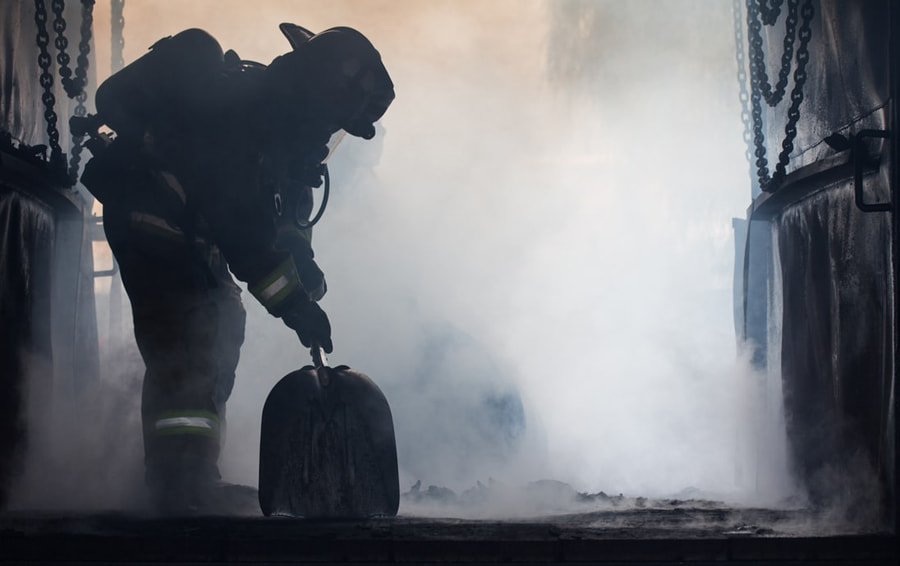
Gas sensor – How does it work?
The above examples clearly show how great a threat leaking gas installations can turn out to be. And this is still a real problem, because natural gas is used in our country on an increasing scale. It is transported in high-pressure pipelines, and then, through low- and medium-pressure pipelines, it finally reaches the gas installations in buildings and public premises. Unfortunately, even the best safeguards do not completely protect against a possible leak. Fortunately, there is a cheap and at the same time effective solution which will warn the tenants or employees of the danger in time.These gas and carbon monoxide detectors contain advanced electronic circuits indicating the concentration of harmful substances in the air. Inside the casing of the device there is a special sensor which is the heart of the whole structure responsible for gas detection.
Gas detector – Types of sensors
There are four types of sensors: semiconductor, electrochemical, catalytic and infrared absorption (Infra-Red). Each is based on a slightly different operation. A semiconductor changes its conductive properties when it reacts with a harmful gas, triggering an alarm.
- An electrochemical sensor is a cell that produces an electrical current proportional to the concentration of gas entering the cell s electrolyte.
- Infra-Red sensors absorb infrared radiation that occurs in the chemical bonds of gases. The concentration of the gas can then be determined by measuring the degree of absorption.
- Catalytic sensors are based on the so-called exothermic reaction of catalytic oxidation. In simple terms, such a sensor has two components – active (with a catalyst) and passive (without a catalyst). When a combustible gas is detected, the oxidation reaction occurs only on the active element, which causes a voltage. By measuring this voltage, the concentration of the gas can be determined.
What does the gas and carbon monoxide detector react to?
A standard detector can only detect one specific type of gas, for example H2S or SO. It is therefore necessary to choose a variant that is exactly what is needed in a particular place. A more expensive, but more practical solution are the so-called dual and multi-gas detectors capable of detecting more types of harmful substances.
Natural gas detector – What is worth knowing?
However, it should be remembered that the closed architecture of these devices and the nature of their work makes them equipment with a limited lifespan. This means that after a few years of operation (usually two) the detectors stop functioning and it is necessary to replace the equipment with a new one. Compensating for this is the fact that most gas detectors do not require the owner s attention for the entire period of their operation (except for alarms of course). Batteries are long-lasting, while a robust construction resistant to mechanical damage, low temperatures and other atmospheric factors should last for the lifetime of the equipment.
Gas detectors have many applications. Their small size makes them easy to carry with you or hang on the wall. They are most often used in high-risk workplaces such as chemical plants, sewage treatment plants, sewers and landfills, or in explosive areas such as military training grounds, mining and refineries. They are also extremely useful during rescue operations and for domestic use. Installing such equipment in the home ensures that in the event of a potential hazard, the occupants will be able to evacuate in time.
Which portable gas detector to choose? – Rely on Dräger sensors
Among the many manufacturers of gas sensors, it is particularly worth paying attention to the offer of the German company Drager, which for over 130 years has specialized in providing the market with the best solutions in the field of medical technology and safety. Sensors of this brand are characterised by extraordinary durability and sensitivity, thanks to which they are able to detect many types of harmful gases. In addition, they are very easy to use, so no advanced technical knowledge is required. In our opinion, these are the best models available from this brand, which are characterised by excellent quality and durability.
Gas and carbon monoxide detector – Ranking Dräger PAC 6000
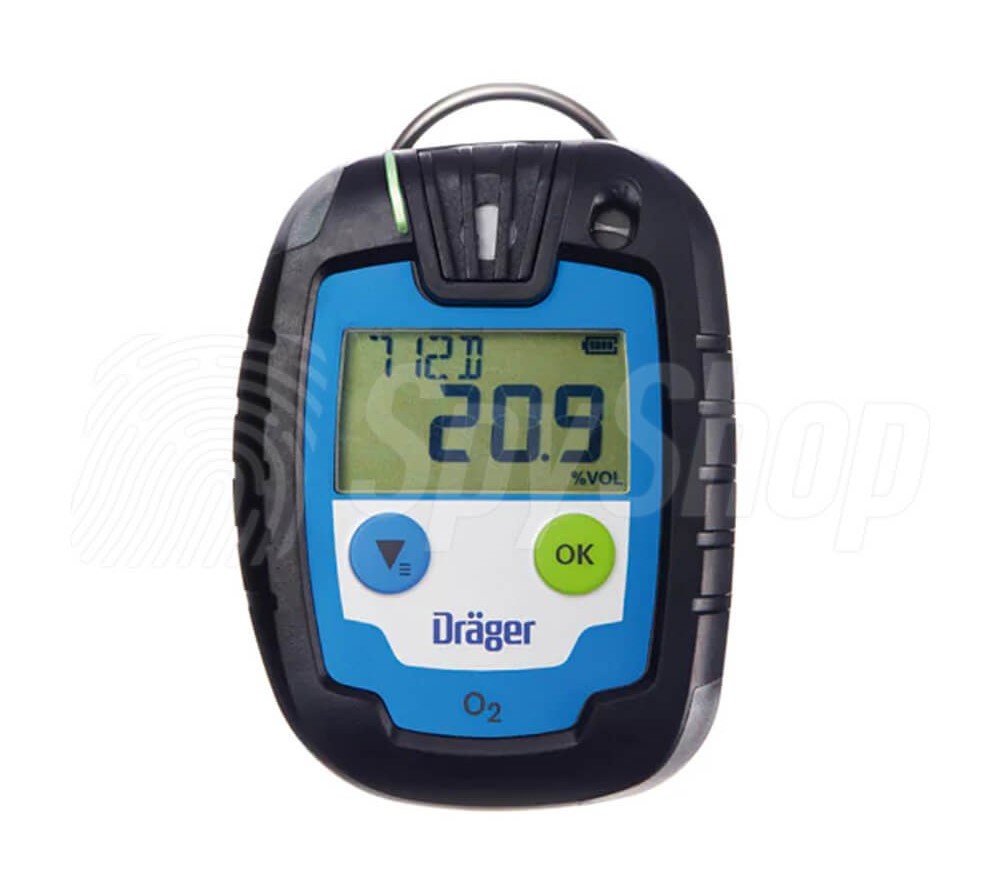
One of the best models from this brand is the Drager PAC 6000 gas detector. With the modern Dr‘gerSensor XXS electrochemical sensor, individual variants detect the presence of CO, O2, H2S or SO2 particles with high efficiency. This gas sensor has one of the fastest response times on the market and therefore reacts immediately to the threat with an audible alarm of 90 dB and a luminous alarm with two intense LEDs. The memory of the device is capable of storing up to 60 alarms marked with date and time, which makes it much easier to carry out checks, e.g. when inspecting the gas installation or checking the safety level of a building. The sensor can also be used in explosion hazard zones and areas with temperature designations of T1, T2, T3, T4 and T5.
Dräger PAC 8500
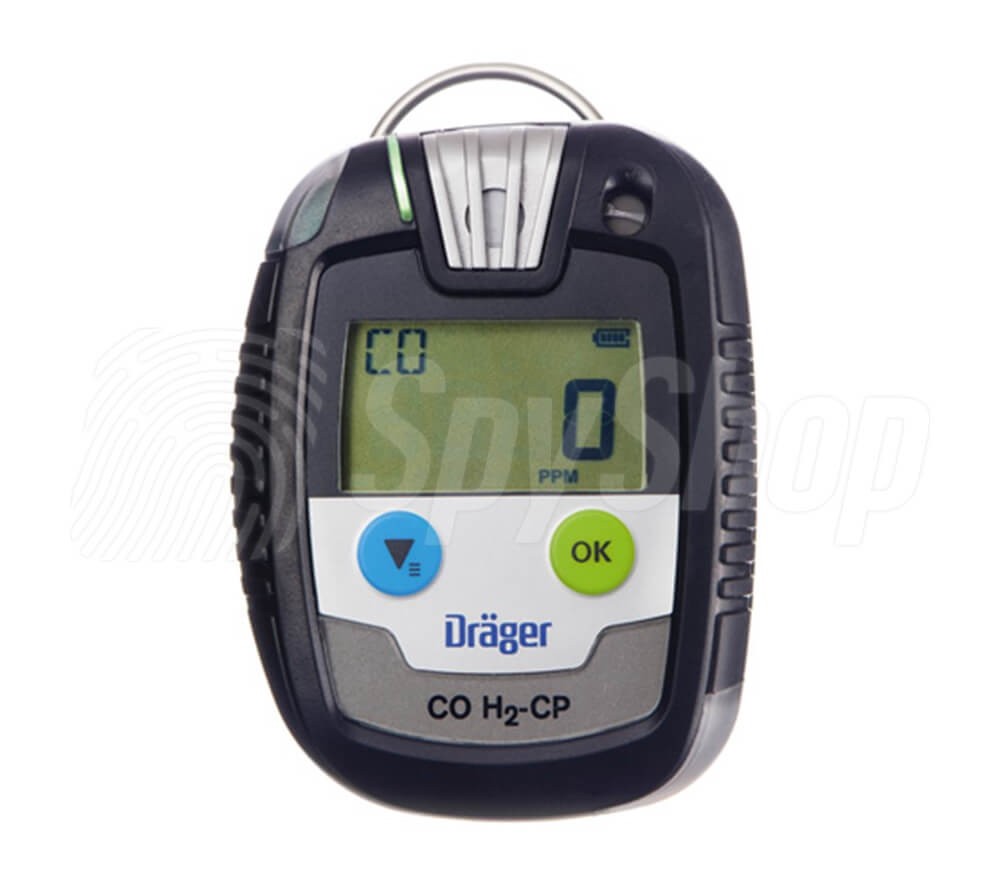
The PAC 8500 multi-gas detector is another recommended model. The sensor is available in one of three variants detecting two substances each: H2S and CO, O2 and CO and CO H2-CP. Double sensor potential means double protection, so the Drager gas detector PAC 8500 is ideal for particularly vulnerable areas and buildings. In addition to being able to choose between two types of gas, the sensor allows the user to specify a variant of the gas concentration limit: STEL, which is the highest instantaneous concentration allowed, or TLV, the highest concentration allowed. Two air outlets are concealed within the enclosure to enhance the units performance – if one inlet becomes clogged, the other will allow it to continue operating.
Dräger X-AM 2500 EX
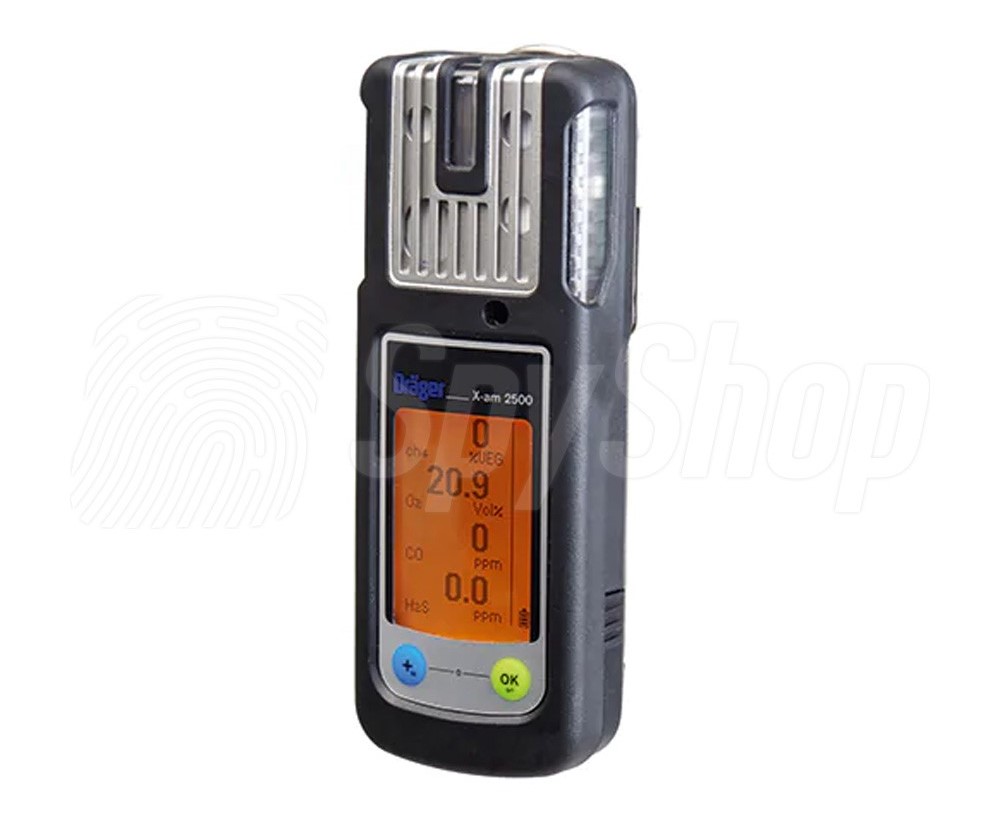
Both of the above models provide approximately 2 years of continuous operation. If you are looking for a longer sensor lifetime, choose the X-AM 2500 EX gas and smoke detector. The robust housing and powerful filter inside result in a service life of up to 5 years. The X-AM 2500 EX Drager gas detector is the most advanced detector in this range, allowing you to detect several different agents: O2, CO LC and H2S LC. In addition, the equipment also has a special EX 0-100% detector to detect flammable gases such as methane and nonane, so it is an invaluable accessory in professional areas such as mining where the risk of gas explosions is particularly high. Multiple air inlets and the Dr‘gerSensor XXS sensor guarantee high sensitivity and reliability even under the harshest conditions.





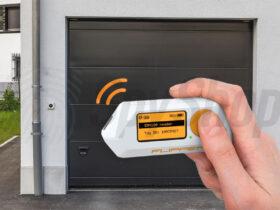
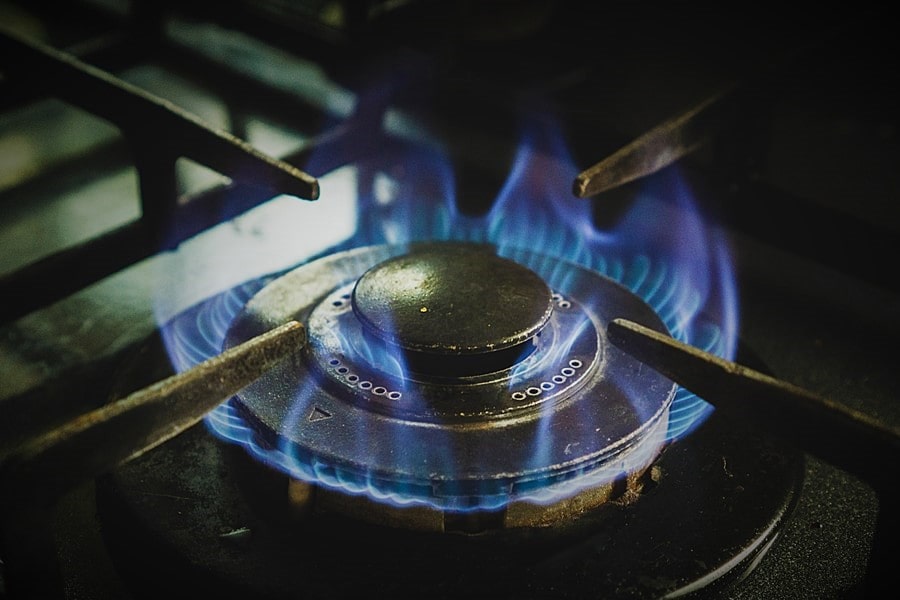
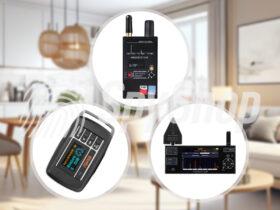



Leave a Reply